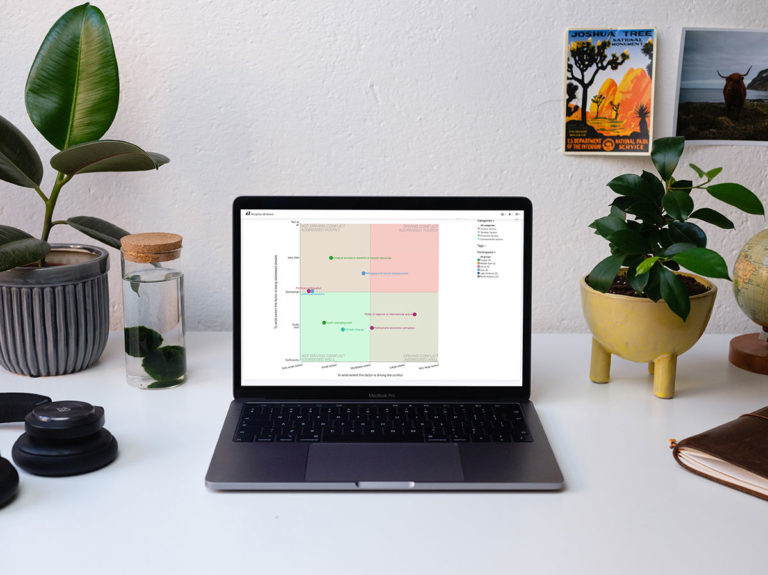Five key trends have emerged in the evolving landscape of risk management and compliance: Agility, Resilience, Integrity, Accountability, and Engagement. Agility and Resilience are closely interconnected, hence we will discuss them together in this article. What essentially ties resilience and agility together is the necessity to combine logical and creative (left and right brain) thinking in modern risk management processes.
Rebranding ‘Risk management’ as ‘Risk and Resilience management’
Amidst the turbulence of the past few years, including pandemics, geopolitical conflicts, economic uncertainties, and supply chain disruptions, organizations are realizing the critical need for resilience; ‘elasticity’, as Michael Rasmussen puts it.
In essence, resilience is the ability to bounce back swiftly from unforeseen events, minimizing downtime and exposure.
This trend is so vital that some organizations are renaming their risk management teams to ”Risk and Resilience teams” to emphasize the importance of resilience and further underscore the positive aspects of managing uncertainty.
‘Risk’ sounds like something everyone should avoid owning – and experience has demonstrated that in some organizations, the ownership of risks may indeed be ‘tossed around like a hot potato’, like Rasmussen describes.
Resilience, on the other hand has a more positive ring to it: It is a strategic necessity for modern businesses to be resilient, and who wouldn’t want to be resilient?
”‘Resilience’ has a more positive ring to it than ‘risk’. Everyone wants to be resilient!”

Mastering Agility: Proactive risk navigation
While resilience is indispensable, organizations are now moving beyond being resilient and setting their sights on Agility as the number one trend in risk management.
Agility entails anticipating what lies ahead, from economic uncertainties to political and operational risks. What kinds of scenarios might become a reality in six months’ time from now? And why?
Being agile as an organization involves scenario analysis, weaving potential stories of risk, and charting a course for various outcomes. In essence, agility enables organizations to navigate the ever-changing landscape effectively.
To be agile, an organization needs a robust risk management capability; the ability to effectively identify and assess risks – and opportunities – that are emerging on the horizon.
Whereas Resilience is about the organizations’ ability to recover from an incident, Agility relates to its ability to navigate its environment; to foresee what’s out there and plan ahead accordingly. “The two are very symbiotic; they work together”, Rasmussen explains.
‘Resilience’ refers to an organization’s ability to recover. ‘Agility’ is all about facing its future prepared. The two work together symbiotically.
Integrating logical and creative (left and right brain) thinking for effective risk management
Incorporating both left and right-brain thinking is essential to achieving the delicate balance between agility and resilience.
While traditional risk management often leans on logical and mathematical models, real-world scenarios are far too complex to fit neatly into equations.
“Analytical thinking and models are important. But they are not enough. No model is perfect. The real world has simply too many variables and inputs for any model to capture all of them. That’s where creativity, the right brain thinking comes in”, Rasmussen says.
To empower risk agility and resilience, organizations need to harness creative, out-of-the-box thinking alongside structured analysis. Marrying these two thinking styles can enhance your risk management approach and help you thrive in an unpredictable world.
Stay tuned for upcoming articles where we explore the remaining three trends—Integrity, Accountability, and Engagement—in greater detail.
This article series is based on our recent webinar where Michael Rasmussen, ‘the father of GRC’ (Governance, Risk and Compliance) discusses trends in risk management together with Inclus’ CEO Mikaeli Langinvainio. Along with introducing the five major current trends in risk management, Agility, Resilience, Integrity, Accountability, and Engagement, Michael and Mikaeli discuss how organizations can leverage risk management as a discipline and process for sustainable success in today’s dynamic operational landscape.

Michael Rasmussen




